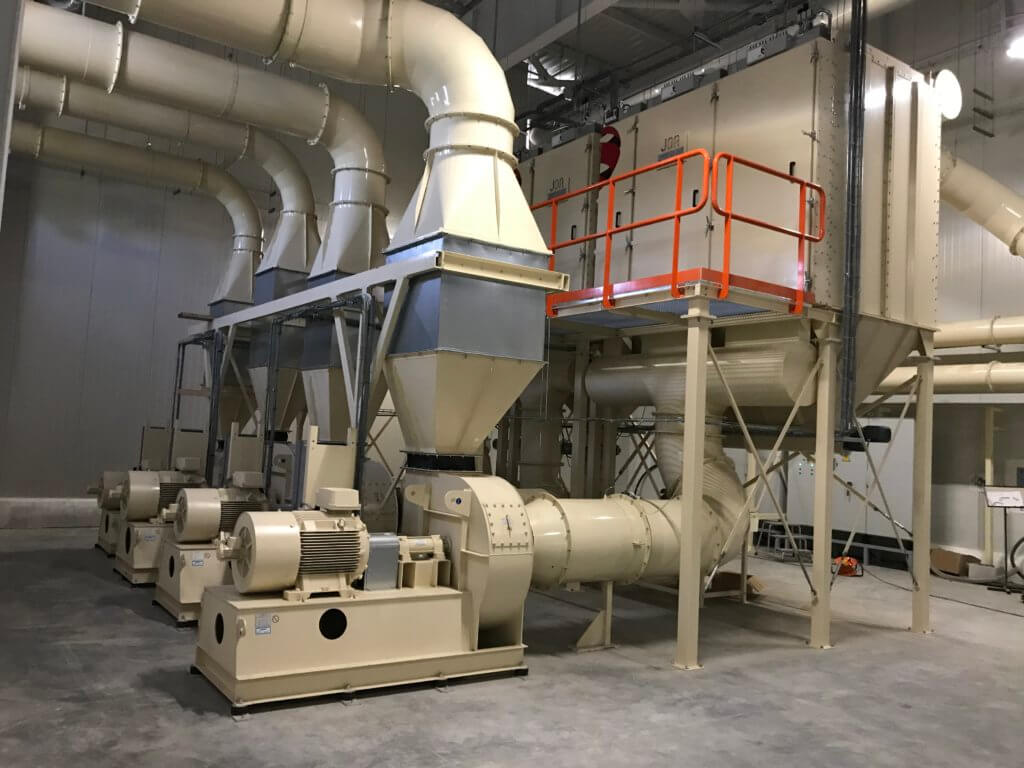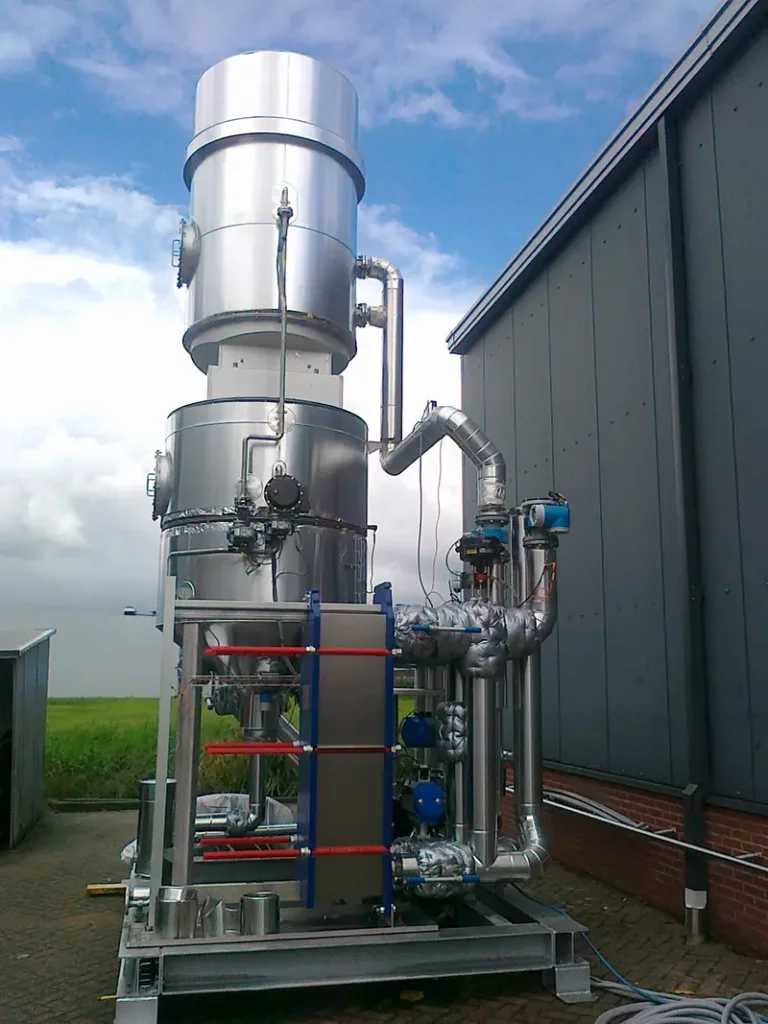Flour, a well-known product that people use widely in making bread, pizza and snacks, can sometimes turn into a hazardous and fatal “dust bomb”. On May 2, 1878, a tragic explosion stroke the Washburn “A” Mill which was the largest flour mill in the United States at that time. It killed 17 people and pulverized the main building. The mill exploded when flour dust suspended in the air ignited. However, Washburn did not put any dust filters into use, because it didn’t raise much attention on dust explosion precaution even though several explosive incidents had happened in Europe.
Overall, more than 10 explosion incidents occur in the food processing industry yearly in the USA only. Every incident should be a warning for other manufacturers. But why is this happening? And how can Food manufacturers be protected from combustible flour explosions?
We know that 5 elements, namely “Explosion Pentagon”, should be present before a dust explosion happens:
- Combustible dust (fuel)
- Ignition source (heat)
- Oxygen in air (oxidizer)
- Dispersion of dust particles in sufficient quantity and concentration
- Confinement of the dust cloud
Basically, when fuel (combustible dust) is dispersed and confined in an enclosed space or building, ignition will result in an explosion. Regarding flour production, explosions may occur in processing factories where flour dust particles are suspended in air, accumulating into sufficient quantity and concentration (60g/m3), dispersing into a dust cloud, and finally ignited by sources such as frictional heat during the grinding process and sparks generated in the plants.
How can we protect manufacturers from combustible flour explosion?
By taking one of the five elements causing the explosion away. Therefore, a factory should make sure there are no places where flour dust can accumulate. This means smooth ceilings and sloping surfaces. Having the right extraction systems in place, and preferably as close to the dust production as possible. It is important to use the approved vacuums for dust collections.
Take away things that sparks, ignites or creates friction or heat sources. Keep static electricity under control. And make sure that the mechanical and electrical equipment have regular maintenance. Make sure the factory has isolation barriers and that workers are using the appropriately designed screw conveyors.




